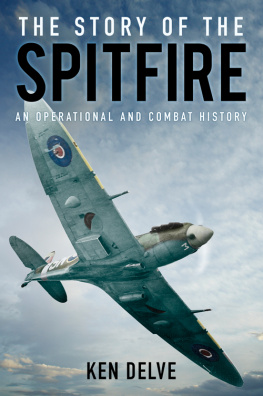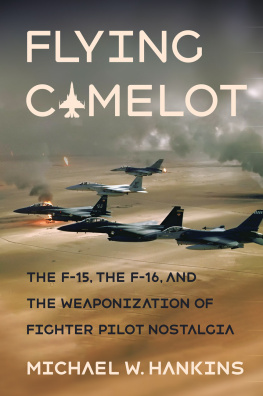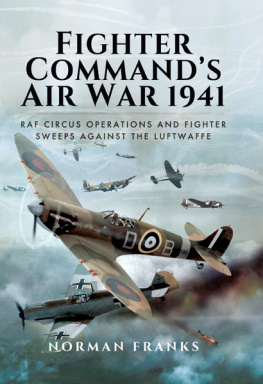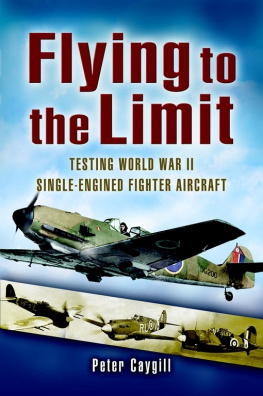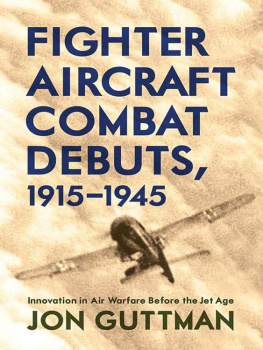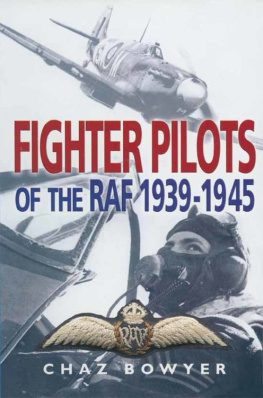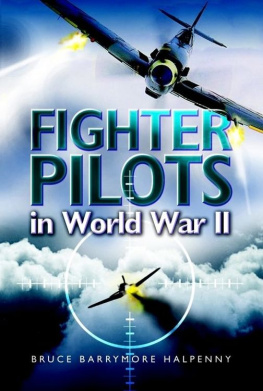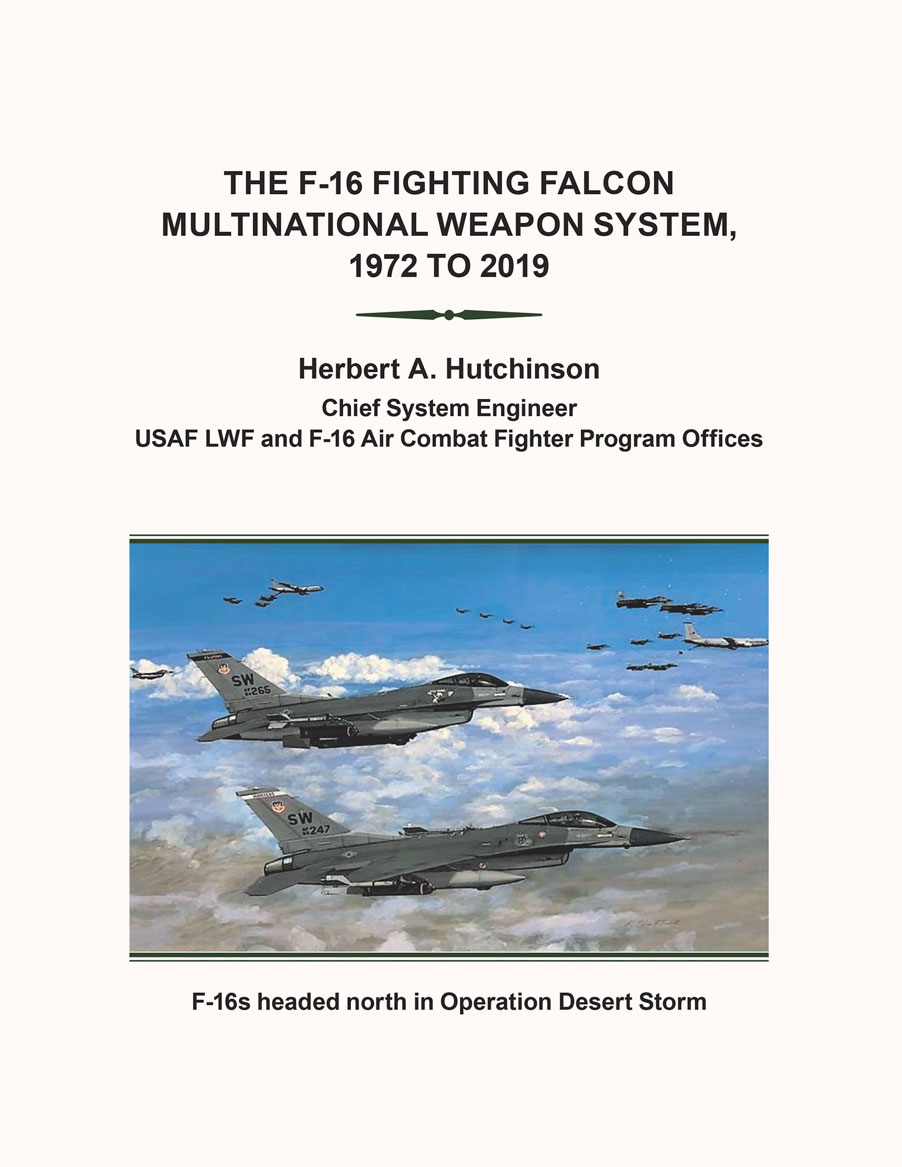Herbert A. Hutchinson
Copyright 2020 by Herbert A. Hutchinson. 796478
All rights reserved. No part of this book may
in writing from the copyright owner.
Library of Congress Control Number: 2020902336
Rev. date: 05/23/2020
The Inside History of the USAF Lightweight Fighters, 1900 to 1975 the General Dynamics YF-16 and the Northrop YF-17 was described in a recently published book with that title by the author. This second book by the same author continues the second half of the metaphor As the twig is bent, so shall the tree grow and describes how the YF-16 twigs grew into The F-16 Fighting Falcon Multinational Weapon System, 1972 to 2019 forest. Both books have been written with three objectives: (1) to inform readers interested in the process of how one major USAF weapon system was created and developed; (2) to provide the inside information and decisions made for the F-16 and to correct incorrect data published in earlier publications; and (3) to recognize the key persons who played major roles in the USAF Lightweight Fighter Program and the F-16 Fighting Falcon development program.
On the back cover of this book is shown a photograph (courtesy of General Dynamics) taken at the USAF acceptance ceremony in August 1978 of the first five of the USAF F-16A Air Combat Fighters manufactured at the General Dynamics facility in Fort Worth, Texas. The acceptance ceremony was conducted by the Secretary of the US Air Force John McLucas and with government representatives of the Ministries of Defense of a consortium formed by four European Participating Governments (EPG) in the NATO alliance. Next to the United States flag on the podium are the national flags of Belgium, Denmark, the Netherlands and Norway. At the conclusion of the 1975 Paris Air Show, the four EPG countries committed to purchase 348 of the USAF F-16A and F-16B Air Combat Fighters.
This book starts with an overlap of the period from 1972 to 1975, described in the final chapters of Inside History of the USAF Lightweight Fighters, 1900 to 1975. The next major portion of this book then describes the transition contract activities to missionize the General Dynamics YF-16 and Northrop YF-17 designs into a USAF Air Combat Fighter (ACF) and also to then navalize both ACF designs for potential procurement as the USN Air Combat Fighter (NACF).
The latter portion of this book describes the early F-16 full-scale development activities and then summarizes the variants and numerous block changes made to increase the capabilities of the production F-16 Fighting Falcon aircraft. In the concluding chapter is captured the very purpose for the development of the fighter pilots fighter the use of the F-16 weapon system in multi-role fighter aircraft operations world-wide.
This book also contains accounts and photographs of the people responsible for the creation of a magnificent fighter aircraft, of the people who maintained the aircraft to be at their peak of availability for use in emergency and tactical war scenarios, and most importantly of the pilots who flew and fly the fighter pilots fighter. They together comprise the team that made the Viper one of the best fighter aircraft in military aviation history.
The F-16 Fighting Falcon Multinational Weapon System became, and has been, the cornerstone of the fighter inventories of over 25 free-world countries for the past forty years. F-16C/D service life extensions and upgrades continue to be made. F-16E/F designs have been designed with many contemporary new avionics capabilities that are emerging on fifth generation fighters. Lockheed Martin has opened a new production line in Greenville, SC, to produce F-16Vs for the inventories of several countries other than that of the US military.
This book contains many photographs in full color, diagrams, and copies of the actual correspondence documents to document the unique development trail of the aircraft regarded by aviation historians as the worlds best fourth-generation fighter aircraft.
Much of the material contained in this book information, dates, photographs, diagrams, charts, etc. have been obtained from documents and correspondence generated by US Government personnel during the planning for and/or during technology development activities conducted to advance the capabilities of military flight weapon systems. There are also illustrations, diagrams, charts, and tables that were generated by the two USAF Lightweight Fighter Program contractors (General Dynamics and Northrop) which were prepared for briefings to the USAF Lightweight Fighter Program Office revealing the status of their development activities required to be performed per the terms of their respective contracts with the USAF. Regardless of the source of those government documents in the technology information database, if the document (in any format) was developed using US Government funds, the control of dissemination of the information is maintained by US Government regulatory organizations and with regulations over the content of the information to adhere to any security classifications and any release restrictions to the general public. Government documents are not controlled by the same copyright restrictions and regulations as for non-government (that is, commercially or privately created as some form of intellectual property) documents or products. Some government documents (for example, those regarding policy and/or budgetary matters of the US Congress) are controlled under the US Government Freedom of Information Act of 1966 with all subsequent interpretations and modifications for the purposes of transparency in those government activities related to the public tax monies planned and expended to support national defense.
Further, some of the material in this book is taken from the authors personal career memorabilia files and holdings amassed while as a civilian employee of the US Government in the USAF at Wright-Patterson AFB, Dayton, Ohio. All material that at one time was classified up to a high level of security classification has since been downgraded by the US Government to be Unclassified and Approved for Release to the Public under the provisions of the US Government security classification laws and rules in existence at the time of the creation of the classified material. All the official file copies of those documents and materials used herein have been destroyed under the provisions of paperwork reduction directives as the need for retaining and maintaining those official files had expired. Government organizations holding those files for the period 1971 to 1975 have been also disbanded and eliminated. The author attests that there is no residual classified material contained in this book. All material originated by US Government activities and contained in this book is provided only for educational or informational purposes but expressly not for the purpose of selling that material or information for financial profit.



